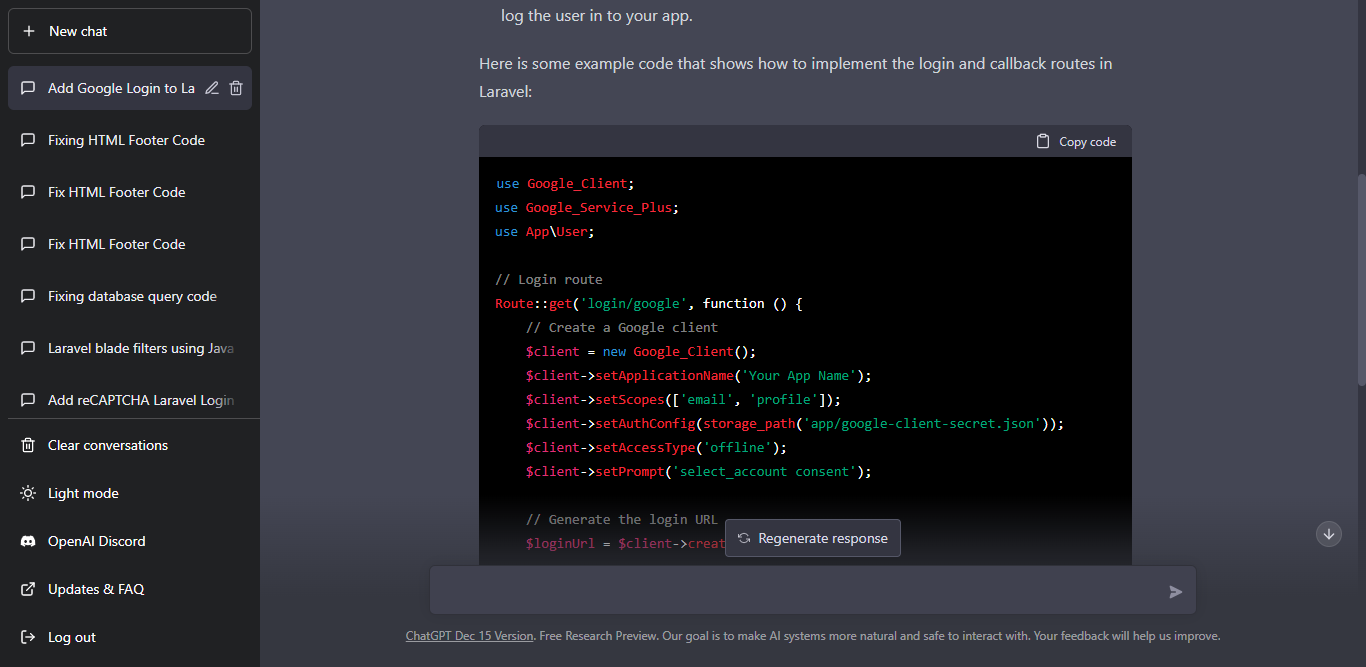ChatGPT is a new open-source chatbot that’s quickly gaining popularity with communities of all kinds. The tool is still experimental, but it’s already showing promise as a way to enhance existing chat platforms, support customer service, and community management efforts, and even create new experiences for users.
Chat GPT is a different way of creating and consuming artificial intelligence. It uses a combination of chatbots, natural language processing (NLP), machine learning, and graph theory to help you write better code. As an example, here’s how you could use Chat GPT for writing:

Writing code
Using Chat GPT to write code is a great way to get started. It’s free, open source and offers some of the most advanced features that you would expect from a paid product.
You can use it to:
- Write code with syntax highlighting and autocompletion in your favorite programming language, including Python, JavaScript and Ruby (on Rails).
- Create bots that will automate your tasks on Slack or Telegram channels automatically when they are triggered by specific messages or commands. The bot will repeat its work until all messages have been processed successfully; after this point, it will stop working until another message triggers it again. This makes it possible for you to create simple chatbots which do not need any user interaction whatsoever – just send them a message once and forget about them!

Debugging code
In addition to its main use as a chat platform, Chat GPT can also be used for debugging code. A common problem with software development is that you write something, and it doesn’t work quite right, so you try to fix it using a debugger and end up getting lost in the process. The solution? You need two programmers: one who writes the code and one who uses Chat GPT (or any other tool) to explain how things work in terms of inputs and outputs.
The second programmer asks questions like “What do we want this function to do?” or “How does this function respond when I enter these parameters?” By answering these questions out loud, both developers will better understand what is happening under the hood of their program. This can help them figure out why something isn’t working right by understanding all possible scenarios before they attempt any fixes at all!





